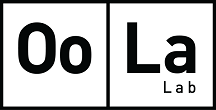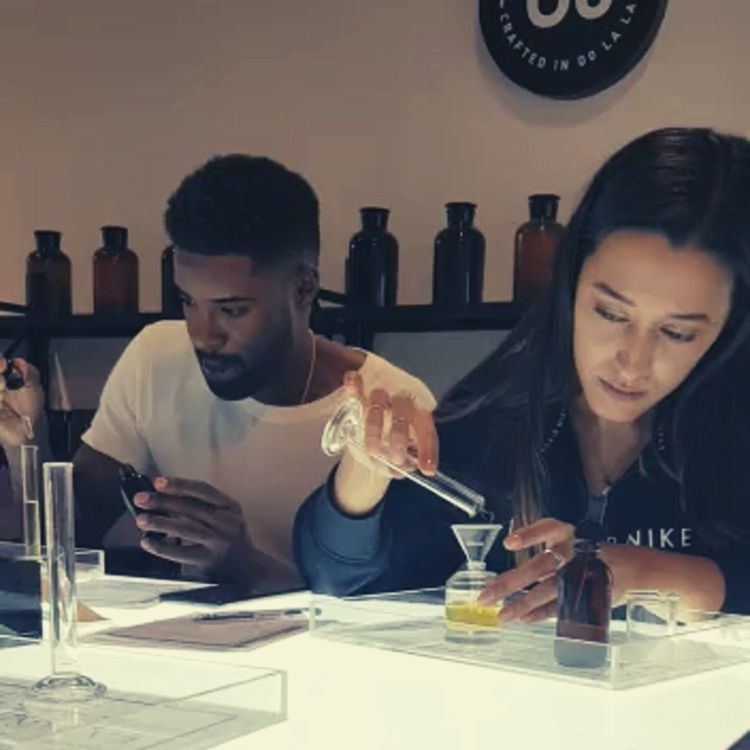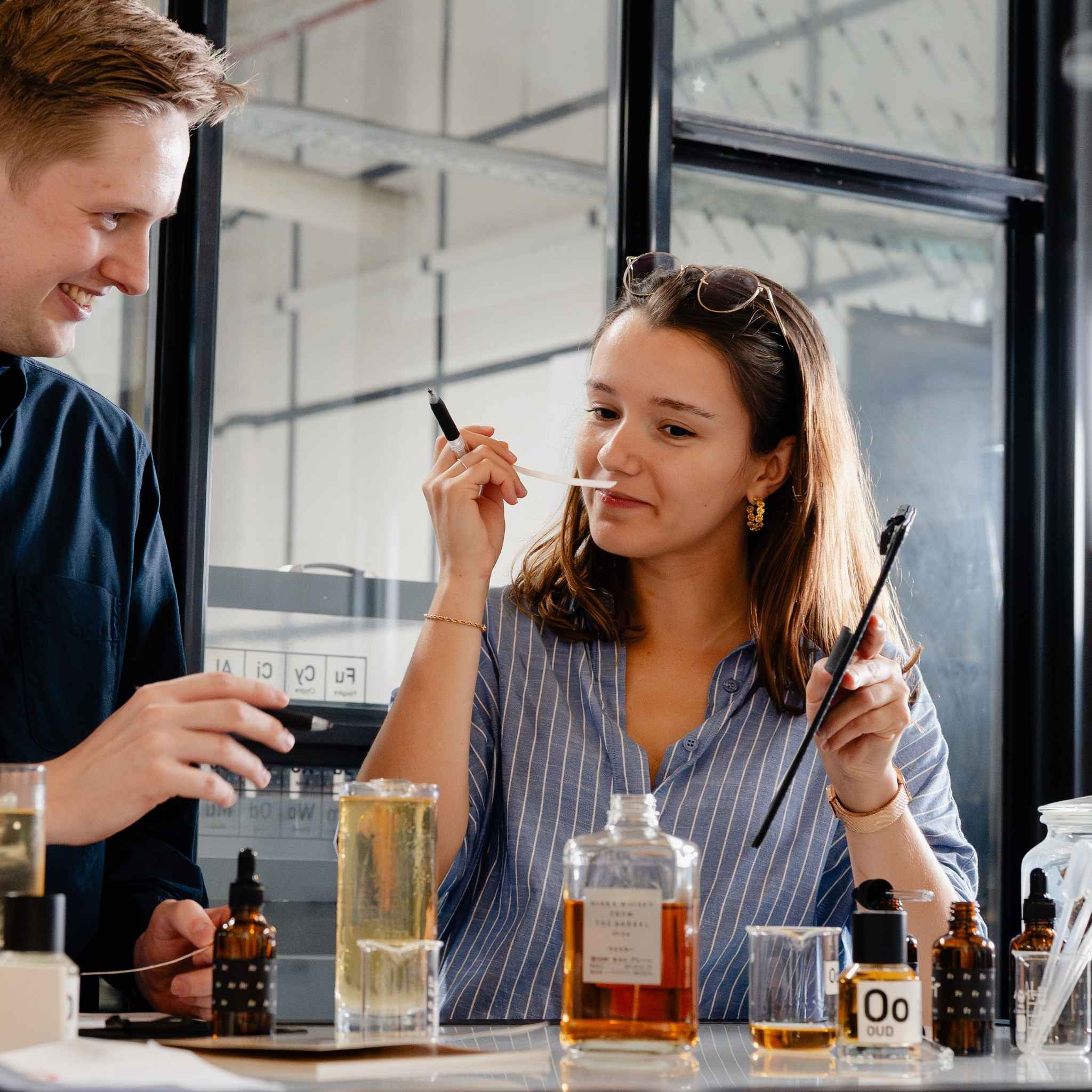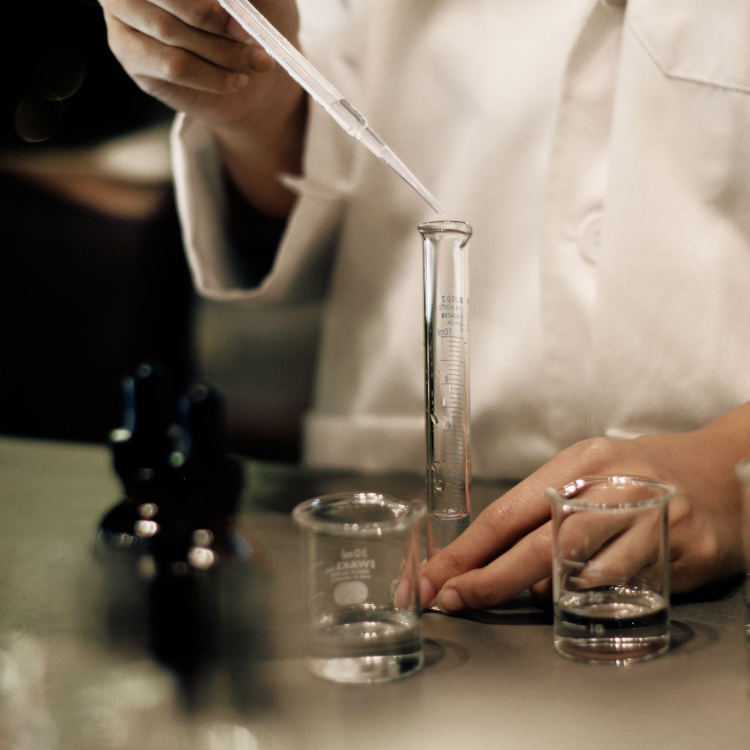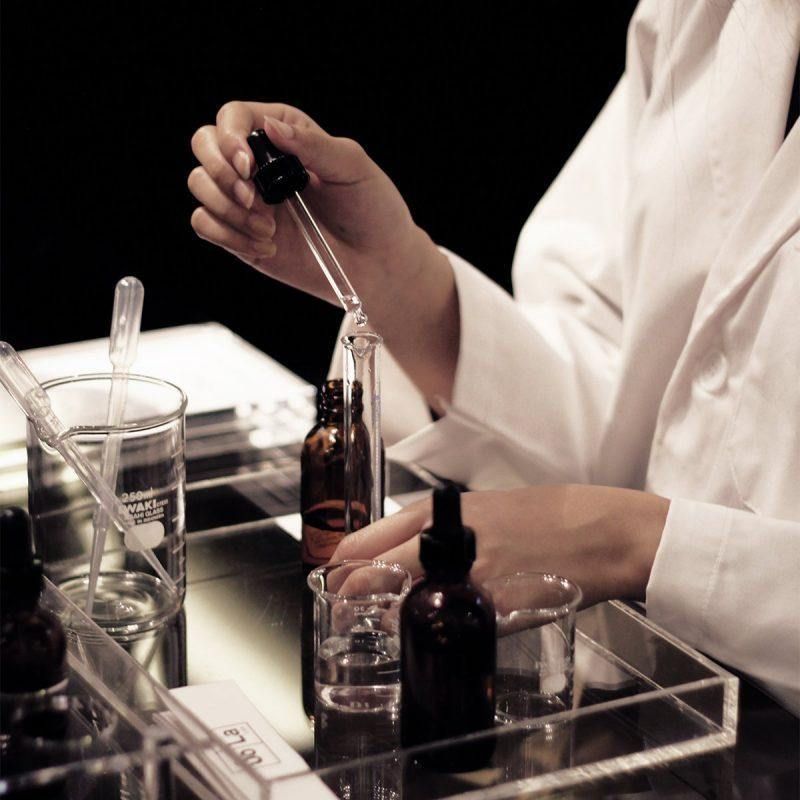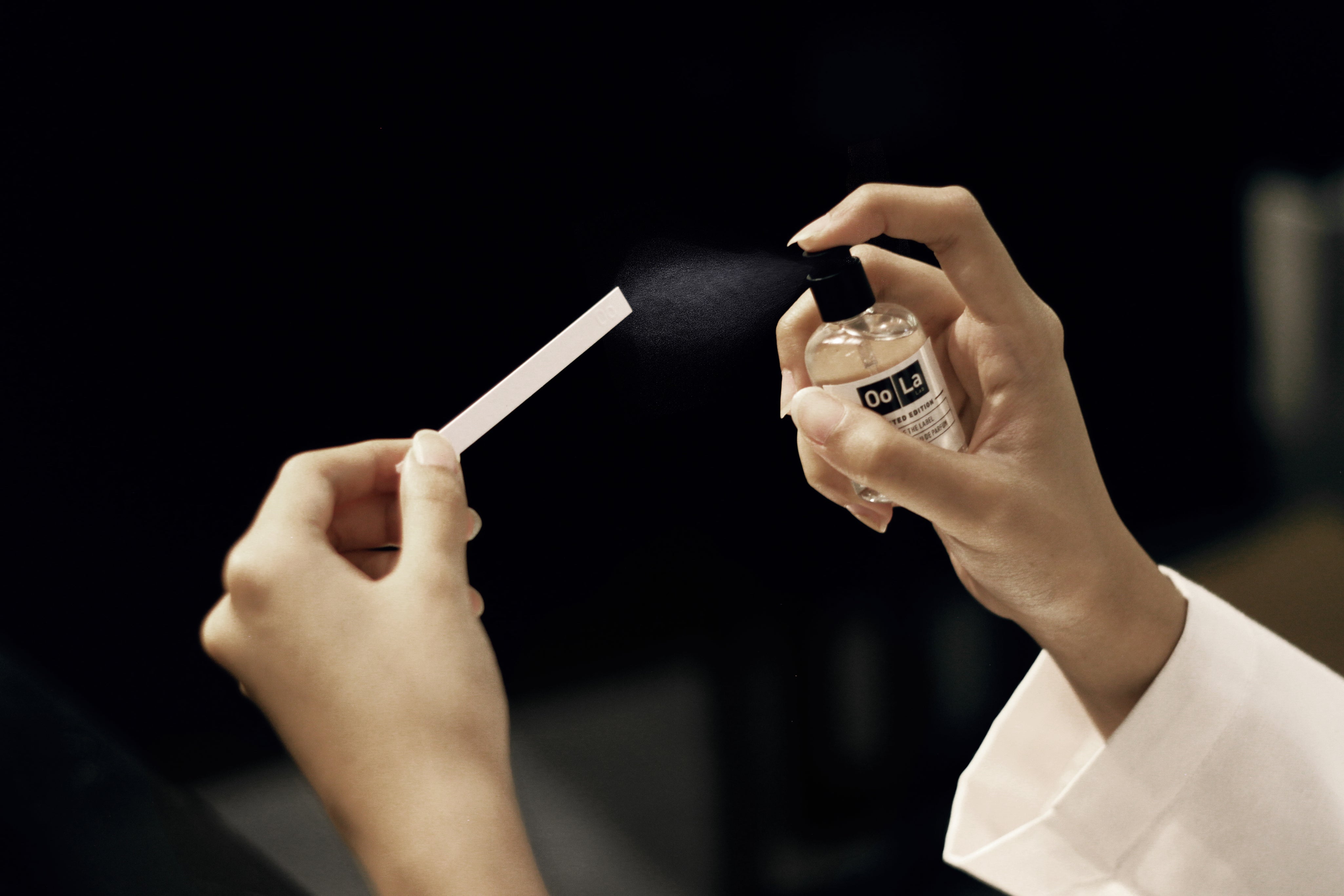Where do smells come from?
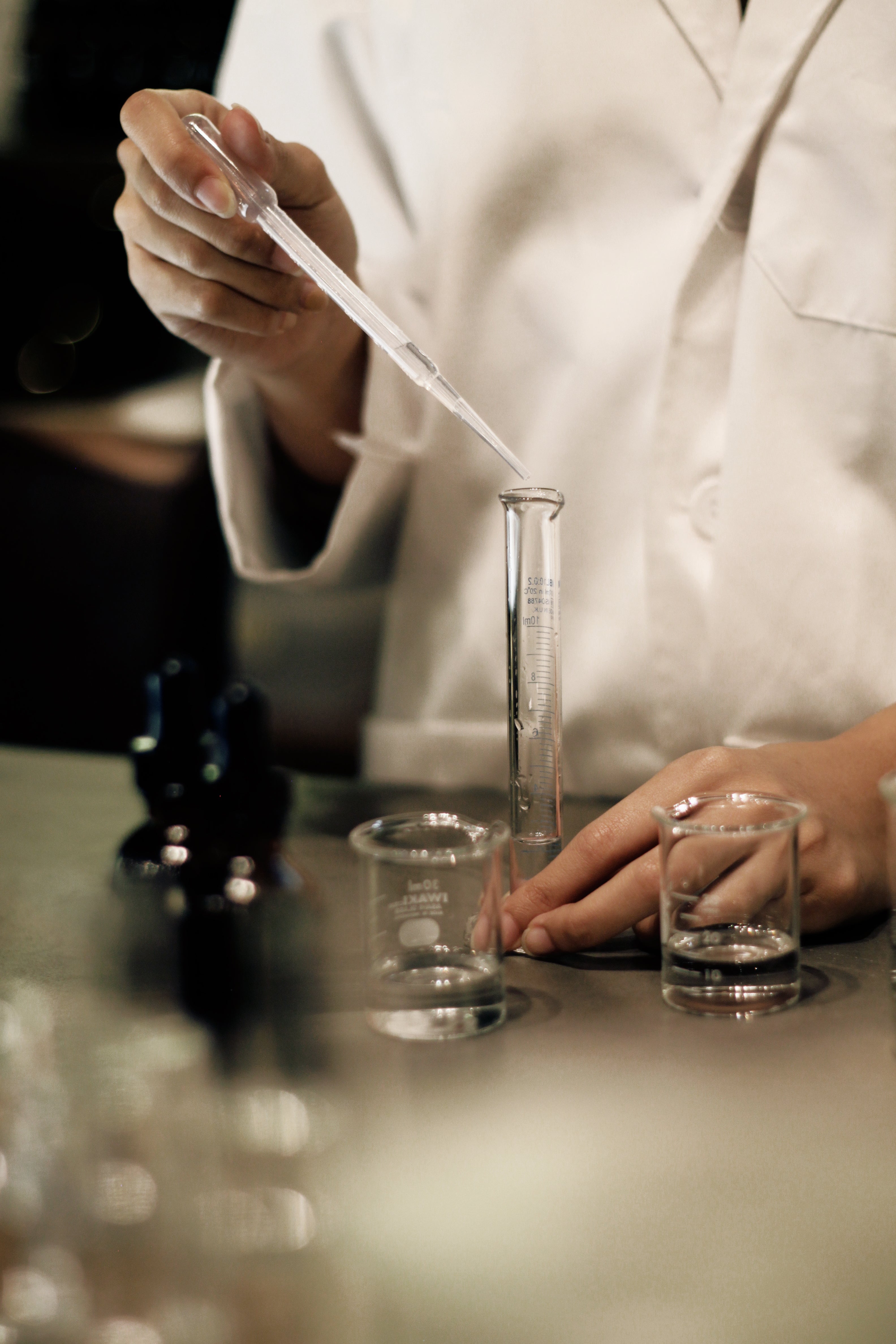
Where do smells come from? Or put in another way, 'How do you make smells?'
Broadly the origins of smells can be broken down into these categories:
Nature
Expression – Relevant mainly to citrus oils, by applying pressure to the peel of the fruit, tiny oil sacks rupture and release the fruit oils. This process should not be confused with the juice of the fruit.
Distillation – Based on the type of raw material, distillation may be via steam, water or heat. The most delicate of materials will use steam, then water. The hardiest of materials will require heating to release its volatile components.
Extraction – For materials that do not lend themselves to expression or distillation (whether by nature of the plant or economics of production), we have solvent extraction. This process involves washing the material with solvent to release its aromatic components. Once completed, the solvent is removed via distillation to produce a ‘concrete’. Further processing of the concrete yields what is called the ‘absolute’. Resins which are extracted in this way are referred to as ‘resinoids’.
C02 extraction is a more recent form of extraction which can be preferred due to its low temperature process and carbon dioxide being considered a much safer and cleaner form of solvent.
Tinctures – Another rather simple method of releasing fragrant matter from raw materials is to let it sit (macerate) inside alcohol.
Isolates – Isolates are produced by the process known as fractional distillation. By passing steam over the aromatic material, different components of the plant will be released at varying temperatures and pressures. Thus in this way we can isolate and separate different molecules of the plant.
Due to cost or complexity, Isolates can also be created synthetically. Often referred to as ‘nature identical’.
Accidental – As we know, some discoveries are due to complete accident. This was the case with the discovery of ‘Nitro musk’. The chemist named Albert Baur attempting to produce a more effective form of TNT dynamite back in 1888, realised his experiment had produced a rather pleasant order, which subsequently became known as Nitro Musk.
Lab engineered - Modern perfumery, like it or not, owes much to the field of chemistry and the discovery of new molecules or ‘captives’ as is known in industry parlance.
This started with techniques like ‘Head Space’ where a bulb is placed over a living aromatic material where volatile components are released and captured in a small trap or type sponge. This is then analysed to try identify the aromatic molecules therein. As certain plants or flowers may smell differently at varying times of the day, the head space technique may need to be carried out a number of times.
As a point of interest, research has found over 400 aromatic molecules in jasmine and over 500 in rose!
Indeed, lab engineering may also lead to new creativity where creations may have no known equivalent or reference point inside the natural environment.
- Tags: Fragrance Education
